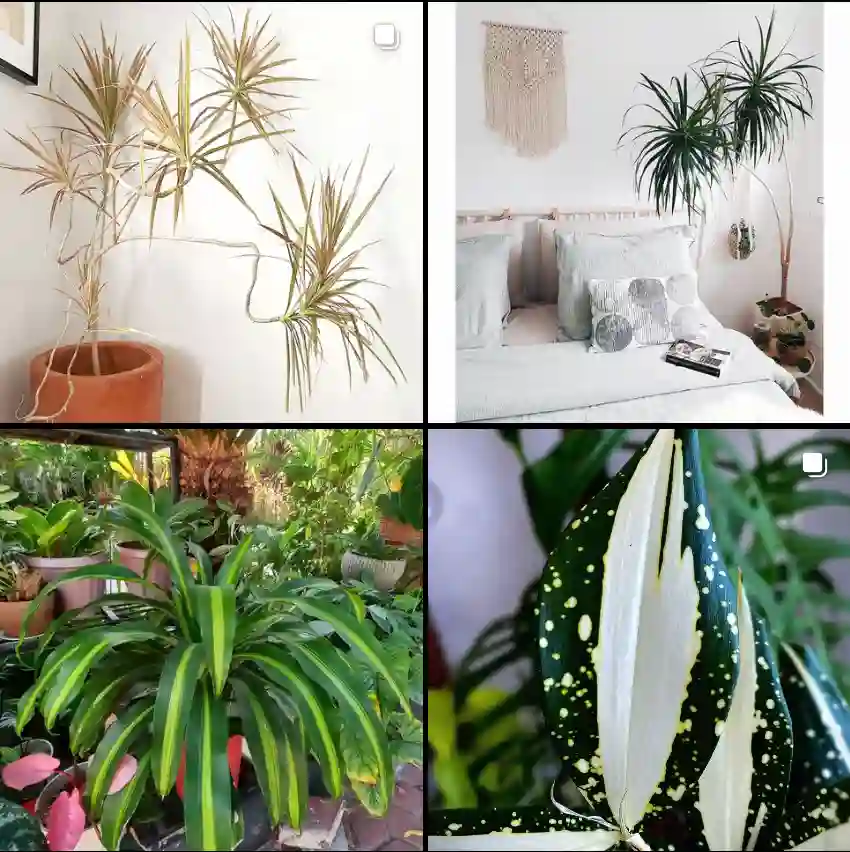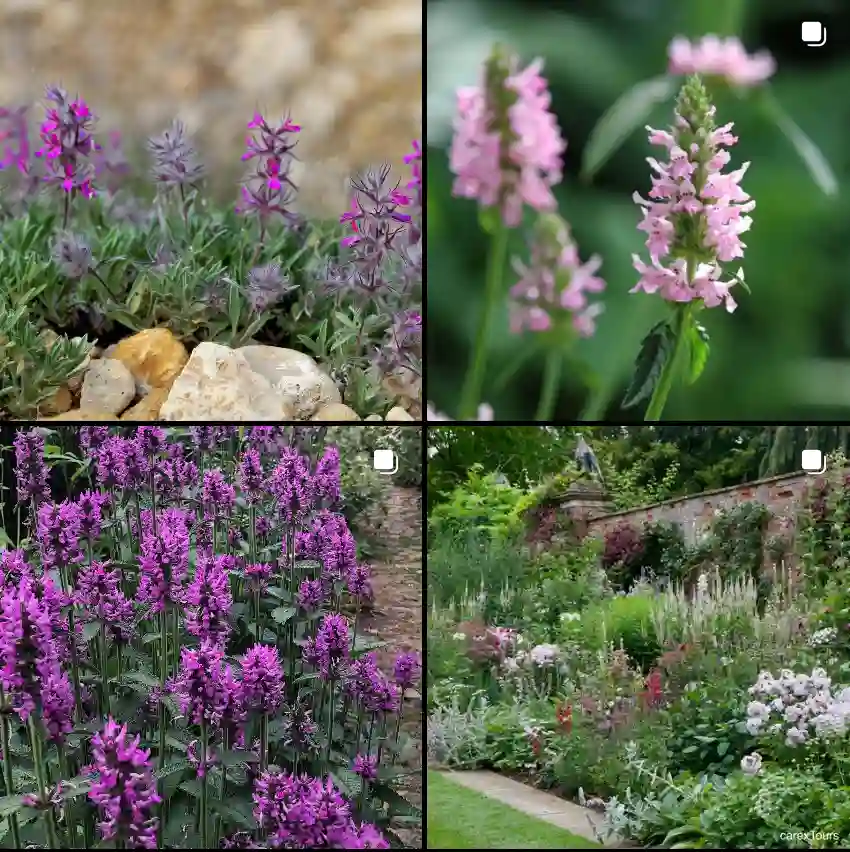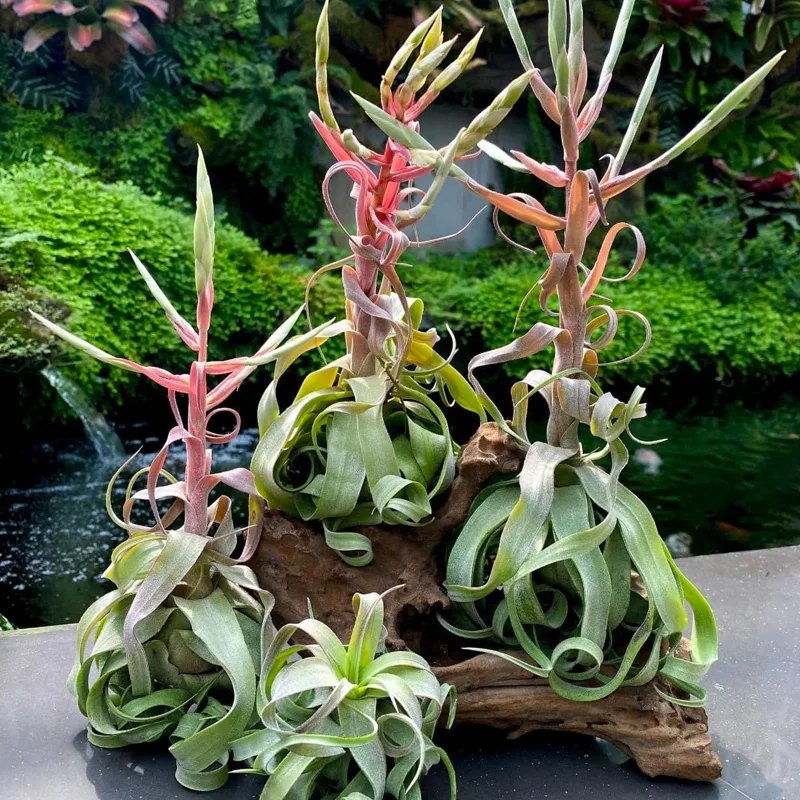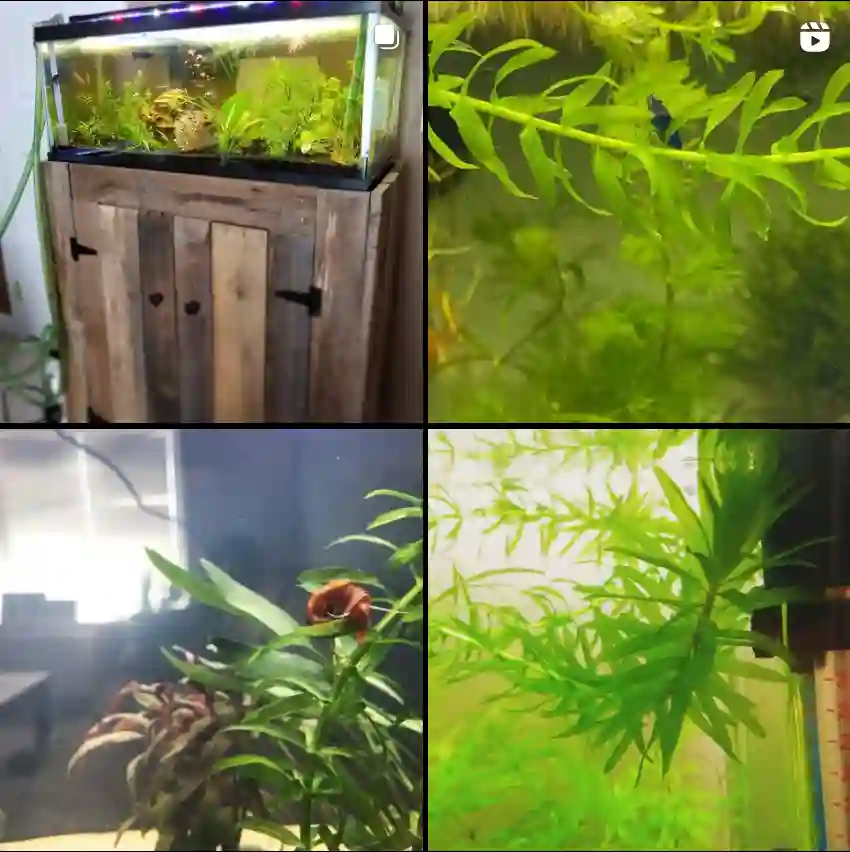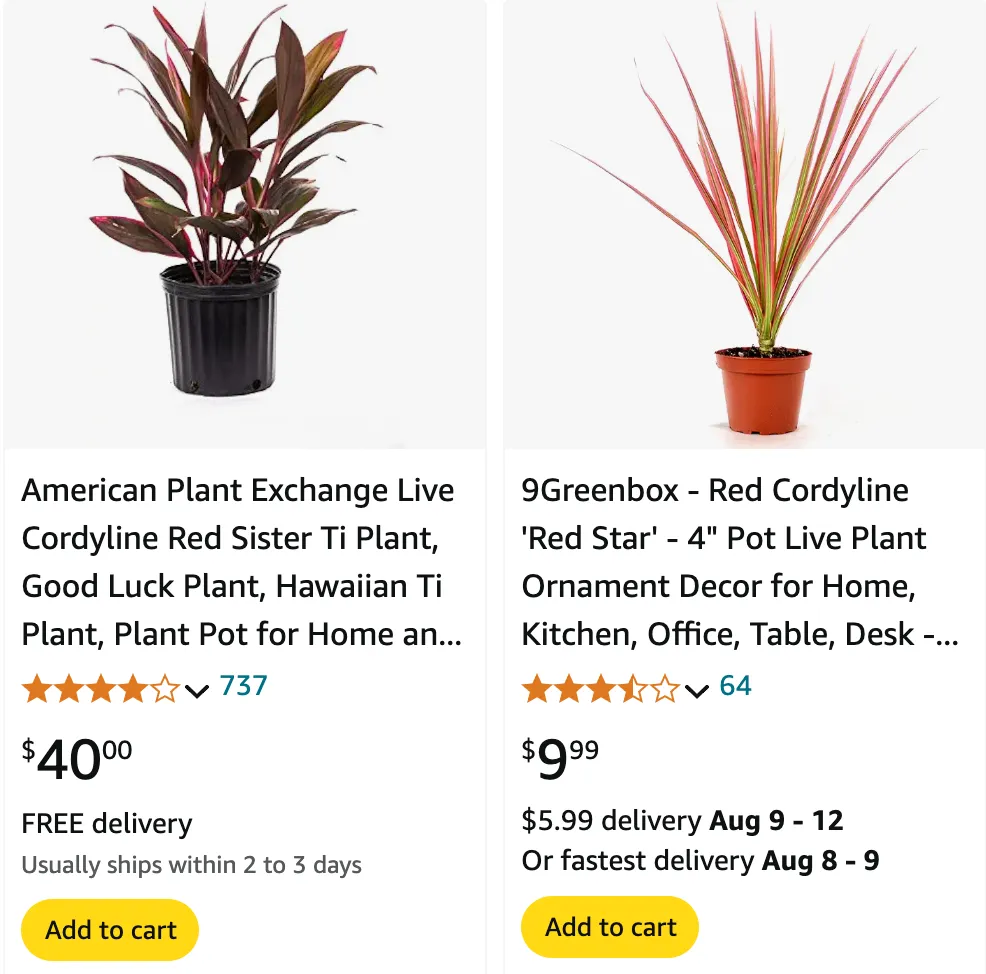
November 4 – Cordyline
"Cordyline, the vibrant tree, represents November 4."
Cordyline symbolizes strength and beauty. You exude a quiet confidence that inspires admiration. Like its striking leaves, you are bold and unique, standing tall and proud.
What is Cordyline?
Cordyline belong to the Asparagaceae family, is a genus of about 25 species of evergreen shrubs and trees. These plants are known for their striking foliage, which comes in a variety of colors, including green, red, purple, and variegated patterns. Cordylines are popular in gardens and as indoor plants due to their vibrant appearance and relatively easy care requirements. They are often used as ornamental plants in landscaping and can add a tropical feel to any space.
Cordyline species
- Cordyline angustissima K.Schum.
- Cordyline australis (G.Forst.) Endl.
- Cordyline banksii Hook.f. Plant FAQs: Cordyline Banksii – Cordyline Electric Pink
- Cordyline cannifolia R.Br.
- Cordyline congesta (Sweet) Steud.
- Cordyline forbesii Rendle
- Cordyline fruticosa (L.) A.Chev. Plant FAQs: Cordyline Fruticosa – Ti Plant
- Cordyline × gibbingsiae Carse
- Cordyline indivisa (G.Forst.) Endl. Plant FAQs: Cordyline Indivisa – Longleaf Cordyline
- Cordyline lateralis Lauterb.
- Cordyline ledermannii K.Krause
- Cordyline manners-suttoniae F.Muell.
- Cordyline × matthewsii Carse
- Cordyline mauritiana (Lam.) J.F.Macbr.
- Cordyline minutiflora Ridl.
- Cordyline murchisoniae F.Muell.
- Cordyline neocaledonica (Baker) B.D.Jacks.
- Cordyline obtecta (Graham) Baker
- Cordyline petiolaris (Domin) Pedley
- Cordyline pumilio Hook.f.
- Cordyline racemosa Ridl.
- Cordyline rubra Otto & A.Dietr.
- Cordyline schlechteri Lauterb.
- Cordyline sellowiana Kunth
- Cordyline stricta (Sims) Endl.
Is Cordyline a Perennial?
Yes, Cordyline is a perennial plant. This means that it lives for more than two years, continuing to grow and thrive season after season. In tropical and subtropical climates, Cordylines can grow year-round, while in cooler climates, they might need some protection from frost and cold temperatures.
Is Cordyline Toxic to Cats?
Unfortunately, Cordyline is toxic to cats. If ingested, it can cause symptoms such as vomiting, diarrhea, and lethargy. It’s important to keep Cordyline plants out of reach of cats to prevent any accidental ingestion. If you suspect your cat has eaten parts of a Cordyline, it’s best to contact your veterinarian immediately.
Is Cordyline Toxic to Dogs?
Similar to cats, Cordyline is also toxic to dogs. Ingesting parts of the plant can lead to symptoms like vomiting, drooling, and depression. Ensure that Cordyline plants are kept away from areas where dogs can access them. If your dog shows any signs of poisoning, seek veterinary help right away.
How to Care for Cordyline?
Caring for Cordyline is relatively straightforward. Here are some tips:
- Light: Cordylines prefer bright, indirect light but can tolerate some direct sunlight. Too much direct sunlight can scorch the leaves.
- Watering: Keep the soil consistently moist but not waterlogged. Allow the top inch of soil to dry out between watering.
- Soil: Use well-draining soil with a mix of peat, loam, and sand.
- Temperature: They thrive in temperatures between 60-85°F (15-29°C). Protect them from frost.
- Humidity: High humidity is beneficial. Mist the leaves regularly or use a humidity tray.
- Fertilizer: Feed with a balanced, liquid fertilizer every month during the growing season (spring and summer).
How to Revive a Dying Cordyline?
Reviving a dying Cordyline involves a few steps:
- Assess the Damage: Check for signs of overwatering, underwatering, or pest infestations.
- Adjust Watering: Ensure the plant is not sitting in water. Let the soil dry out slightly before watering again.
- Prune: Remove any dead or damaged leaves to encourage new growth.
- Check Light: Ensure the plant is getting the right amount of light.
- Pest Control: Treat any pest infestations with appropriate insecticides or natural remedies.
How Tall Do Cordylines Grow?
Cordylines can vary greatly in height depending on the species and growing conditions. Some varieties can reach up to 10-20 feet (3-6 meters) when grown outdoors in optimal conditions. Indoor Cordylines typically remain smaller, growing up to 3-6 feet (1-2 meters) tall.
How to Propagate Cordyline?
Propagating Cordyline can be done through stem cuttings or division:
- Stem Cuttings: Take a healthy stem cutting with a few leaves. Dip the cut end in rooting hormone and plant it in a pot with well-draining soil. Keep the soil moist and place the pot in a warm, bright location.
- Division: For mature plants with multiple stems, you can divide the plant at the root base. Carefully separate the stems, ensuring each has roots attached, and plant them in separate pots.
What to Plant with Cordyline?
Cordylines pair well with other tropical and subtropical plants. Consider planting them with:
- Ferns: The lush, green foliage of ferns complements the bold colors of Cordylines.
- Palms: Palms add height and a tropical vibe.
- Bromeliads: These colorful plants enhance the visual appeal.
- Begonias: Their varied foliage and flowers add interest.
Do Deer Eat Cordyline?
Cordylines are generally not favored by deer. Their tough, leathery leaves are not particularly palatable to deer, making them a good choice for gardens in areas where deer are common.
Cordyline vs Dracaena
Cordyline and Dracaena are often confused due to their similar appearance. However, they have some differences:
- Leaf Shape: Cordyline leaves are often more colorful and have a broader range of hues.
- Growth Habit: Cordylines tend to have a more bushy and branched growth habit, while Dracaenas typically grow in a single, unbranched stem.
- Flowering: Cordylines produce small, fragrant flowers, while Dracaenas rarely flower indoors.
Cordyline vs Flax
Cordyline and Flax (Phormium) are both popular in landscaping but differ significantly:
- Leaf Texture: Cordyline leaves are typically smoother and more flexible, whereas Flax leaves are tougher and more rigid.
- Growth Form: Cordyline has a more tree-like growth, while Flax grows in clumps of strap-like leaves.
Cordyline vs Ti Plant
The Ti Plant (Cordyline Fruticosa) is a specific type of Cordyline but is often discussed separately:
- Leaf Color: Ti Plants have more vibrant and varied leaf colors, including pinks, reds, and purples.
- Cultural Significance: Ti Plants have cultural significance in Polynesian and Hawaiian cultures, often used in traditional rituals and decorations.
In conclusion, Cordylines are versatile, attractive plants that can enhance any garden or indoor space. Understanding their care requirements and differences from similar plants can help you make the most of these beautiful plants.
If i die, water my plants!
